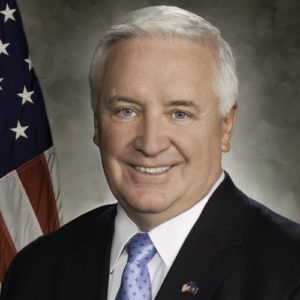Cost of Medicaid Expansion Would be Minimal for PA
Expanding Pennsylvania’s Medicaid program as envisioned in the Affordable Care Act would cost Pennsylvania $1.96 billion over the ten years beginning in FY 2013, according to a new report released by the Kaiser Family Foundation.
While that price tag may seem steep, it is only 1.4 percent more than the additional money the state would spend if it declines to expand its Medicaid program as the 2010 health care reform law envisioned.
Expanding Medicaid would spur a 52 percent increase in the number of Pennsylvanians with health insurance. Without the Medicaid expansion, the number of insured would rise 28.9 percent because of other Affordable Care Act provisions.
Pennsylvania’s safety-net hospitals would benefit greatly from the expansion of Medicaid in the state. Many of the uninsured patients they currently serve would almost certainly become eligible for Medicaid under such an expansion.
Learn more about how Medicaid expansion would affect Pennsylvania in this Central Penn Business Journal article. The Kaiser Family Foundation study on which it is based can be found here .
.






